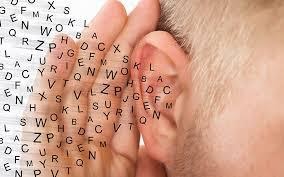TOMATIS® Speeds Up Learning
A Tomatis® programme re-educates the auditory system in the most natural and gentle way possible using beautiful music.
We help business people and toddlers, school children and the elderly.
Tomatis® helps you learn new skills faster at any age.
Does TOMATIS® really work?
Yes it does. TOMATIS® is the Gold Standard of auditory training, and it has been for more than 60 years.
Here’s why it works so well…
When we’re infants, speech and sound enter our ears and stimulate the brain. This is how babies learn to understand language and begin speaking.
With the TOMATIS® method, we use what Dr Tomatis called his Electronic Ear to “re-train” and stimulate the ear-to-brain connection.
Today, all TOMATIS® Practitioners in New Zealand use the TalksUp®, the most advanced TOMATIS® Electronic Ear Technology.
With a TalksUp® and a TOMATIS® headset you listen to classical music and human voice gently modified with 6 alternating filters and Gating®.
The sound is transmitted through both the ear canal (air conduction) and vibrations (bone conduction). This simulates the natural way we hear—boosting the auditory system processes.
It is beautiful and energizing.




